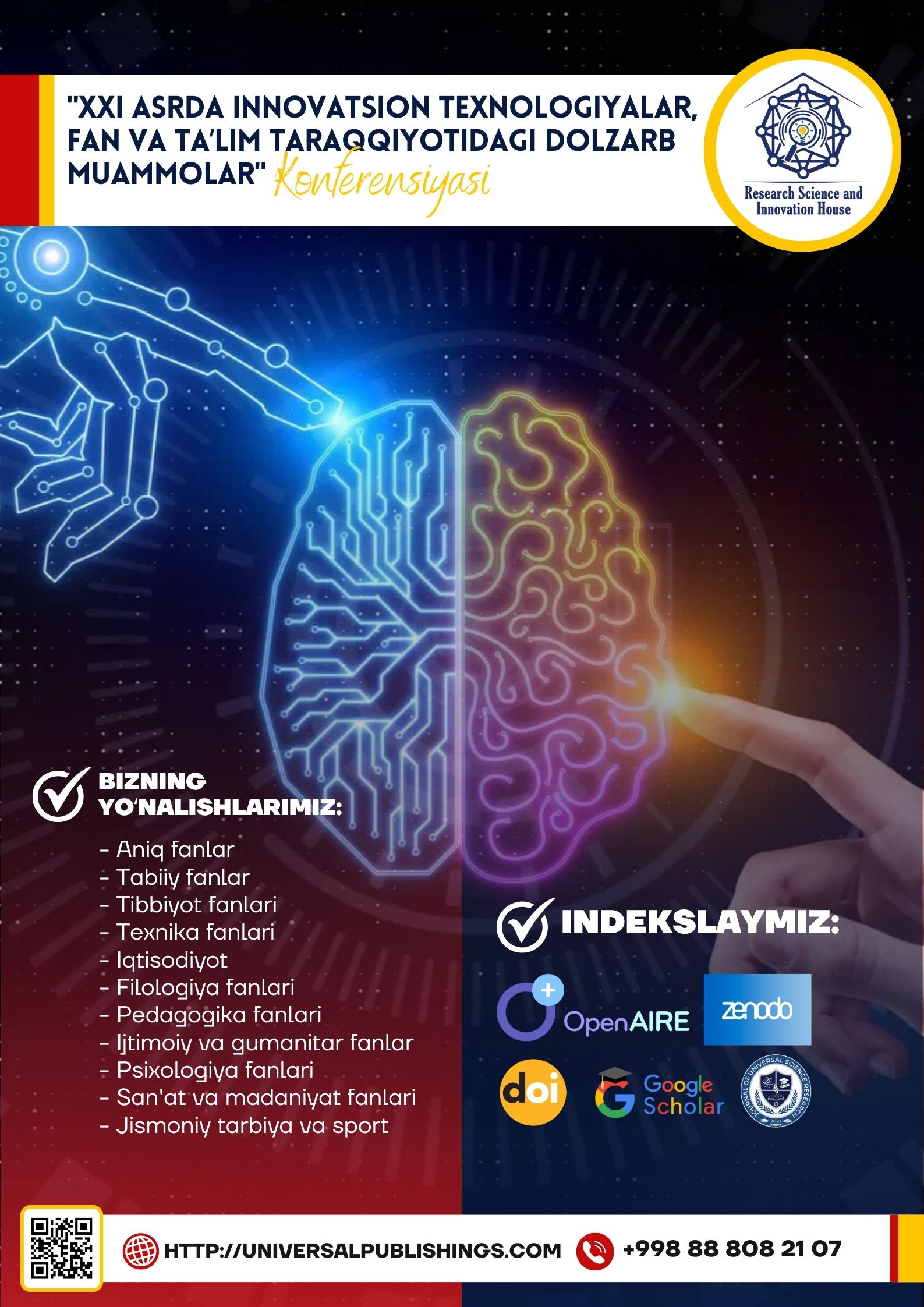Abstract
his article explores the semantic functions of speech sounds and
phonemes and their critical role in distinguishing meaning in language. Phonemes, as the
smallest units of sound that differentiate words, provide the basis for semantic
differentiation—subtle shifts in sound can alter meaning, as in minimal pairs like "bat" and
"pat." The article also discusses the influence of suprasegmental features (e.g., pitch, stress,
and intonation) on meaning, highlighting how they add emotional and contextual layers to
language. In addition, the concept of phonesthemes illustrates how certain sound clusters
may carry semantic associations across different words (e.g., "gl-" in "glow" and "glitter,"
often related to light). The piece further contrasts phoneme functions across languages,
noting how certain languages rely more on specific phonetic distinctions than others, while
acknowledging the influence of morpheme-phoneme interactions and language evolution
on meaning. This analysis enriches our understanding of how languages use sound to
communicate complex meanings and emotions.
References
Fromkin, V., Rodman, R., & Hyams, N. (2017). An Introduction to Language
(11th ed.). Cengage Learning.
2. Ladefoged, P., & Johnson, K. (2014). A Course in Phonetics (7th ed.). Cengage
Learning.
3. Odden, D. (2005). Introducing Phonology. Cambridge University Press.
4. Pike, K. L. (1947). Phonemics: A Technique for Reducing Languages to
Writing. University of Michigan Press.
5. Saussure, F. de. (2011). Course in General Linguistics (W. Baskin, Trans.).
Columbia University Press. (Original work published 1916).
6. Trask, R. L. (1996). A Dictionary of Phonetics and Phonology. Routledge.
7. Teshaboyeva, N., & Mamayoqubova, S. (2020). COMMUNICATIVE
APPROACH TO LANGUAGE TEACHING. In МОЛОДОЙ ИССЛЕДОВАТЕЛЬ:
ВЫЗОВЫ И ПЕРСПЕКТИВЫ (pp. 409-414).
2-TOM, 11-SON
125
8. Teshaboyeva, N. (2020). LINGUISTIC PERSONALITY, ITS STRUCTURAL
CHARACTERISTICS IN THE NEW PERSPECTIVE DIRECTIONS. In МОЛОДОЙ
ИССЛЕДОВАТЕЛЬ: ВЫЗОВЫ И ПЕРСПЕКТИВЫ (pp. 415-420).
9. Teshaboyeva, N. Z. (2019). TEACHING ENGLISH THROUGH
LITERATURE INTESL AND TEFL CLASSROOMS. In СОВРЕМЕННЫЕ
ТЕХНОЛОГИИ: АКТУАЛЬНЫЕ ВОПРОСЫ, ДОСТИЖЕНИЯ И ИННОВАЦИИ (pp.
82-84).
10. Хидирова, Д., & Тешабоева, Н. (2022). Pedagogical conditions for the
development of the healthy thinking in students. Zamonaviy innovatsion tadqiqotlarning
dolzarb muammolari va rivojlanish tendensiyalari: yechimlar va istiqbollar, 1(1), 120-122.
11. Gaybullayeva, N. D. K., & Kizi, T. N. Z. (2022). THE ROLE OF
INNOVATIVE METHODS FOR LISTENING COMPREHENSION IN TEACHING
LANGUAGE LEARNERS FOREIGN LANGUAGES AND MAINLY ENGLISH. Central
Asian Research Journal for Interdisciplinary Studies (CARJIS), 2(10), 8-10.
12. Teshaboyeva Nafisa Zubaydulla qizi, Jurayev Muhammadrahim Murod o’g’li,
& Mamirova Munisa Rajab qizi. (2021). Language Learning Culturally and the Role of
Literature in Teaching Process. Central Asian Journal of Theoretical and Applied
Science, 2(3), 1-5. Retrieved from
https://www.cajotas.centralasianstudies.org/index.php/CAJOTAS/article/view/84
13. Teshaboyeva, N. (2023). THE IMPORTANCE OF TOURISM IN PRESENT
DAY. Журнал иностранных языков и лингвистики, 5(5).
14. Teshaboyeva, N. (2023). THE MODERN INNOVATIVE TECHNOLOGIES
IN TEACHING FOREIGN LANGUAGES. Журнал иностранных языков и
лингвистики, 5(5).
15. Teshaboyeva, N. Z. (2023, November). Adjective word group and its types. In
" Conference on Universal Science Research 2023" (Vol. 1, No. 11, pp. 59-61).
16. Teshaboyeva, N. Z. (2023, November). Modifications of Consonants in
Connected speech. In " Conference on Universal Science Research 2023" (Vol. 1, No. 11,
pp. 7-9).
17. Teshaboyeva, N., & Rayimberdiyev, S. (2023, May). THE IMPORTANCE OF
USING MULTIMEDIA TECHNOLOGY IN TEACHING ENGLISH CLASSES. In
Academic International Conference on Multi-Disciplinary Studies and Education (Vol. 1,
No. 8, pp. 149-153).
18. Nafisa, T., & Marina, S. (2023). TEACHING AND LEARNING OF
ENGLISH VOCABULARY IN TESL AND TEFL CLASSROOMS. International Journal
of Contemporary Scientific and Technical Research, 465-469

